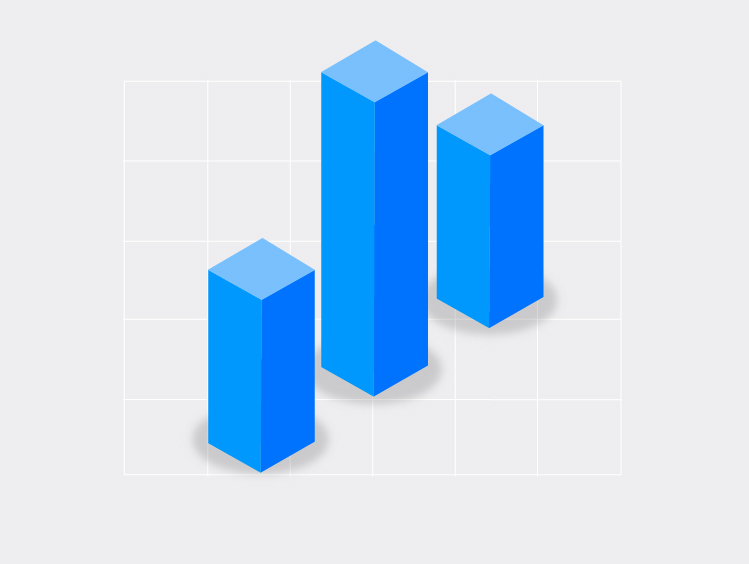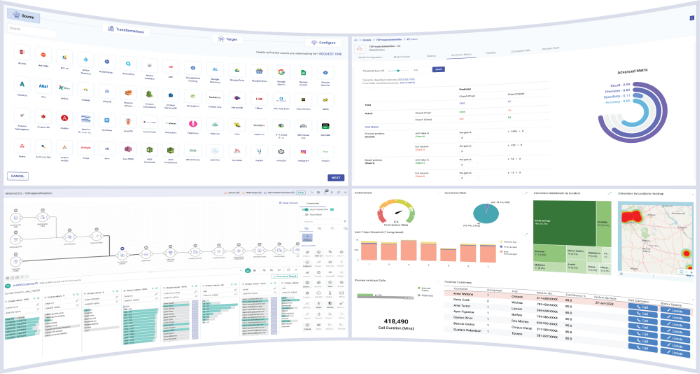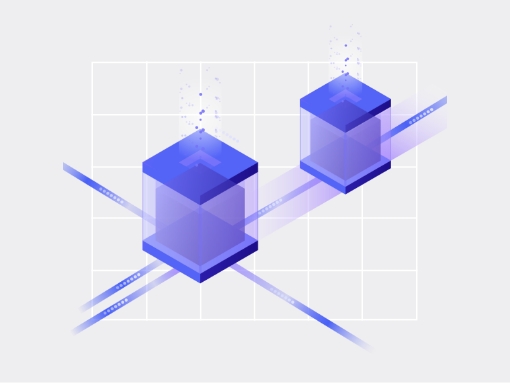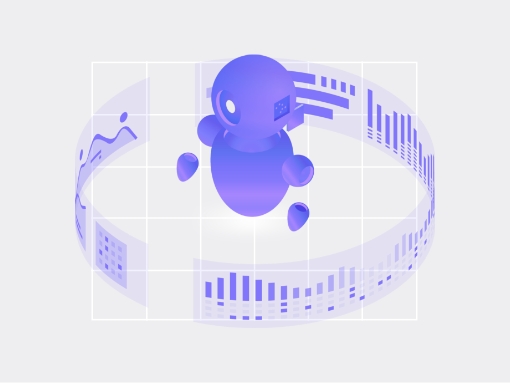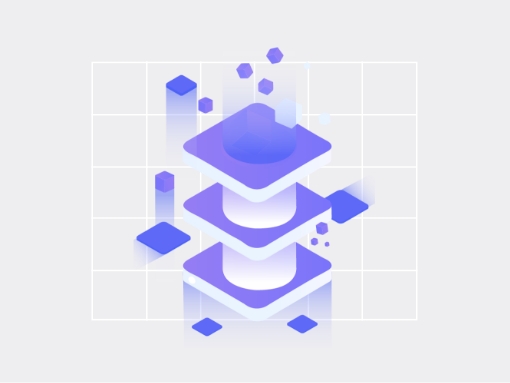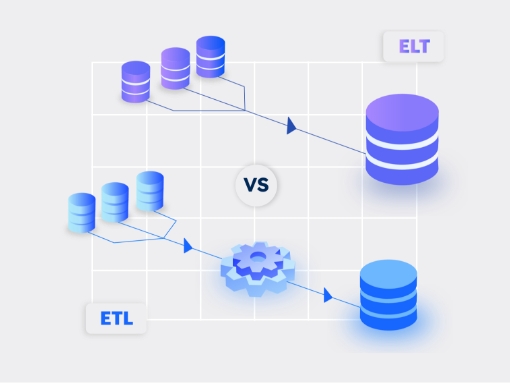In 2021, we witnessed an explosion in cloud adoption as enterprises continued to focus on digital transformation in response to the global pandemic. Many companies tested the waters by moving data, analytics, and business use cases to the cloud for the first time. Both cloud adoption and migration will continue to gain momentum in 2022 across industries, with DataOps, 5G, and edge analytics playing key roles in the digital transformation journey. Here’s what we can look forward to in 2022.
Trend #1: The boom in cloud migration and cloud-to-cloud migration
Gartner predicts that global public cloud spending in 2022 will increase almost 22 percent over 2021. The ongoing chip shortage, pressing need for scalability, and cost considerations will compel companies to swiftly migrate their data warehouses, online transaction processing (OLTP) systems, web applications, ETL, and analytics to the cloud. Many enterprises will prepare for application migration by containerizing their on-premises data processing applications.
Businesses that already have multicloud and hybrid deployments will focus on ensuring easy portability of data processing and analytics. This will help them move seamlessly from one cloud service provider to another for leveraging specific point solutions, optimizing costs, and avoiding vendor lock-in.
As an increasing number of data engineering and analytics use cases are migrated to the cloud, IT and data leaders will need to align stakeholders across the enterprise and train their in-house resources in new technologies and processes. Simultaneously, they will need to partner with cloud transformation experts and invest in smart accelerators that help simplify and reduce the risk of the end-to-end transition.
Trend #2: Adoption of DataOps will increase
To improve data quality and reduce time to insight, enterprises will increasingly embrace DataOps practices across the data life cycle in 2022. DataOps helps build and deliver trusted, consumption-ready data pipelines to analytics teams across the enterprise. Although most businesses use separate tools for ingestion, data preparation, ETL, and pipeline orchestration, there is a pressing need to automate data flows and monitor all data pipelines and processes through a single dashboard.
In 2022, DataOps will move from being an abstract concept to an on-the-ground reality. Businesses will proactively integrate DataOps methodologies with their pipelines to drive agility and unlock business value faster. Tools that support DataOps will gain popularity, especially low-code/no-code platforms that help model use cases and deliver business-ready data. Enterprise teams will need to embrace new tools and learn how to seamlessly implement DataOps in multicloud and hybrid environments.
Trend #3: Enterprises will leverage edge analytics and 5G for real-time decision making
Edge computing has evolved significantly in recent years, but latency limitations have prevented its widespread adoption for analytics. However, with major advances in 5G, this is set to change. In 2022 we’ll see rapid evolution of edge analytics powered by the growth of 5G network infrastructure worldwide. Computation and data storage will move closer to where data is generated, and communication between edge devices will occur at lightning speed. This, in turn, will help enterprises enable collaborative analytics for real-time decision making.
Many cloud service providers have recently introduced innovative offerings for edge computing, a trend that is expected to grow significantly in the coming year. Businesses will be able to build applications that process data close to their endpoints, enabling ultra-low latency and real-time responsiveness. They can improve outcomes for use cases such as risk analytics by using edge analytics to communicate potential fraud to field devices in real time. In particular, companies leveraging connected devices can revisit their analytics strategies to maximize the benefits of edge computing and improve the customer experience.
Final thoughts
Advances in cloud computing, DataOps, edge technologies, and 5G will revolutionize the traditional approach to analytics in 2022. Data and analytics leaders should explore new transformation strategies and invest in the right accelerators to modernize legacy systems, enable real-time decision making, and fuel growth.
Copyright 2021 by TDWI, a division of 1105 Media, Inc. Reprinted by permission of TDWI. Visit TDWI.org for more information.
Recent Posts
View more postsBlog
Blog
Blog
Blog



